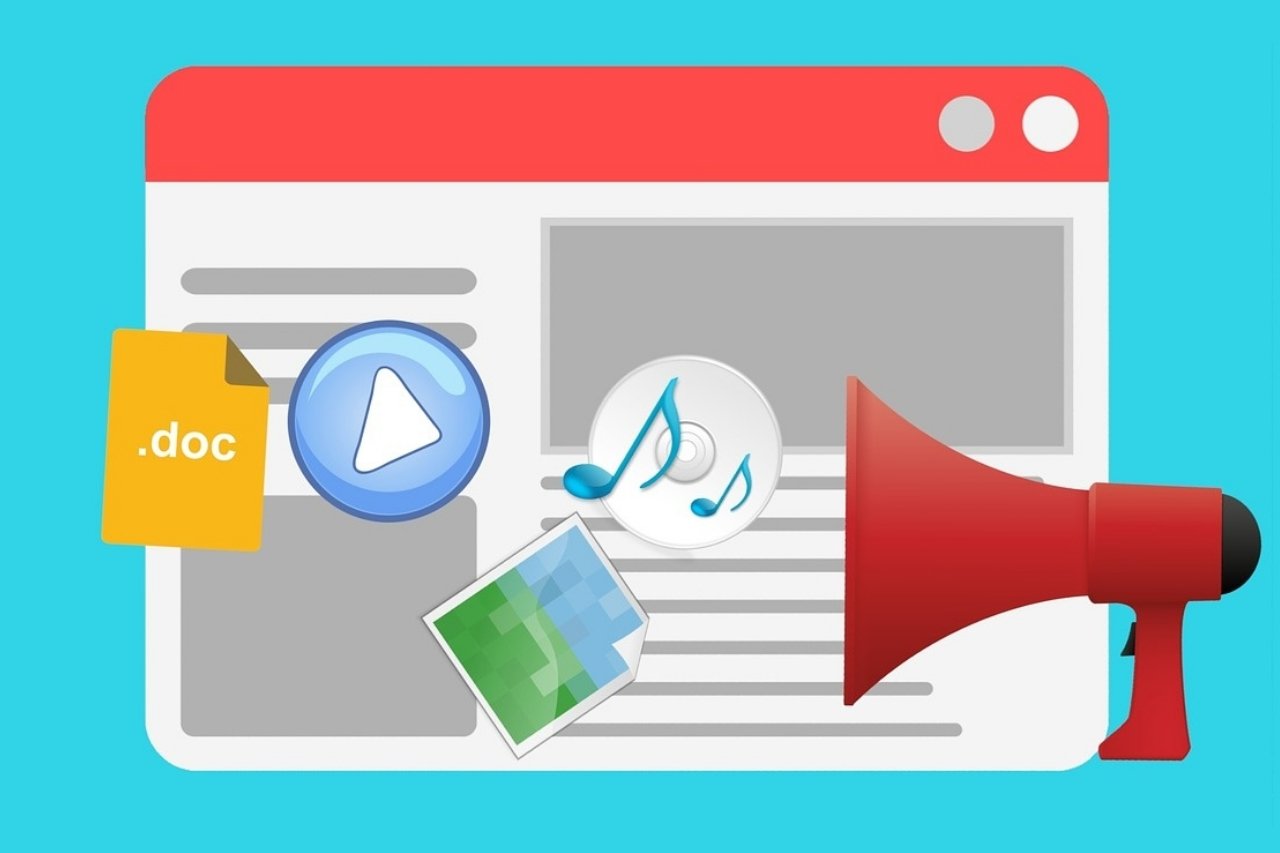
The whole context of writing for the web has changed and most probably will continue to do so. This is thanks to all empowering devices and technologies that come up on the market at an accelerated pace.
I’ve grown up as a professional with Jakob Nielsen’s articles, books and must-attend Usability Week. So it’s no wonder, I’ve been telling everybody interested in exploring digital that useit.com is one great starting point. This time, I thought I should concentrate on recommending some of the best pieces of advice given by Nielsen on writing for the web. Putting them in practice might increase the chances of your texts of being read by online users.
Writing for the web …
Everybody writes something. Today more than ever. It may well be a Twitter or Facebook post, a blog post, an online article etc. Whether we call ourselves writers, content creators or generators, authors or simply amateurs, we all want the message to reach our audience.
The reality is that the audience is very volatile, always on the move. They are always one click away from another website. On top of this, those potential readers are reaching these messages from all sorts of devices. Not to mention, master Google and its algorithms. This raises new challenges not only for those looking for a good story but especially for those of us writing for the web.

Users don’t read, they scan
It’s a totally different new game. It forces writers to understand and learn a new set of skills, rethink the way they write. One cannot think of writing for the web unless first understand how users read online.
A Nielsen’s research on how people read websites they found that only 16 % of the users read word-by-word. 79% of the test users always scan any new page. Nielsen goes even as far as claiming that:
„They don’t. People rarely read web pages word by word, instead, they scan the page picking out individual words and sentences.”
If you are sceptical about such findings, just look at the eye-tracking proofs Nielsen uses.
Write for the readers
In User-centric vs. Maker-centric Language: 3 Essential Guidelines, Nielsen offers three tips you should have in mind to create a user-centric copy:
- Focus on the benefits of the product or service
- Avoid industry and business jargon
- Have a conversation with readers.
If you want your readers to stay on your page, avoid using industry words, business jargon, too many buzzwords or features although for you it’s easier, familiar and comfortable. Put yourself in their shoes, imagine you are them. What would you like to understand?
Start with the conclusion
„(…) start the article by telling the reader the conclusion (‘After long debate, the Assembly voted to increase state taxes by 10 percent’), follow by the most important supporting information, and end by giving the background.”
Inverted pyramids in cyberspace is one of the first articles my good friend George Pogorelschi gave me to read back in 1999 when I joined OgilvyInteractive. First published in 1996 and updated in time, Jakob Nielsen article’s main recommendation still applies today for anyone writing for the web.
Get attention with a headline
Writers or readers of online or offline texts, we all love good headlines, smart titles… when they do their job, they get our attention, they make us tick or click; when poorly crafted, we just ignore them and move on.
The reality is online headlines are very different from printed headlines because they are used differently. The context varies, the moment or the device these links are accessed, does make a difference.
„The projects you work on at this very moment will be interacted with on devices
that didn’t exist when you created them.” Asher Blumberg, Mobile UX Designer
Headlines, titles, subjects also known as microcontent need to be, according to Nielsen calls it,
„pearls of clarity: you get 40-60 characters to explain your macro content. Unless the title or subject makes it absolutely clear what the page or email is about, users will never open it”.
BBC loves good headlines and their team masters the art of creating engaging and powerful news titles and this articles shows you how they do it.
Lead with a link
Hoa Loranger, Norman Nielsen Group digital expert, makes a good point. To be very specific, as content creators we often miss opportunities to engage with our users. We fail to use „links that follow up on the user’s current interest encourage site exploration and reduce bounce rates. With the proper invitation, people will stay longer on your site.” Here’s Loranger’s pieces of advice on how to write appropriate link texts.
Good links help the users discover more relevant content… and good links titles do not just happen. As Jacob Nielsen says, to help users quickly find what they need, anchor texts aka links should stand out from the body content and accurately describe the page that they refer to.
That would be all for now, but I’ll be back with more!
Latest updates … August 2019
New Nielsen articles worth reading …
- The Layer-Cake Pattern Scanning Content on the web – just 8 minutes reading about headings and subheadings; briefly, when they visually stand out on the page and are descriptive, users engage in an efficient scanning pattern that allows them to quickly find the information that they need.
- Better Link Labels: 4Ss for Encouraging Clicks – Specific link text sets sincere expectations and fulfils them, and is substantial enough to stand alone while remaining succinct.
- Why Chunking Content is Important – Chunking makes content easier to comprehend and remember. Chunking text help users understand the relationship between content elements and information hierarchy.
- Interface Copy Impacts Decision Making – Loved this article! It reminded me of tens of debates I had with my former colleagues working on client-side. The language used in interfaces influences the decisions that our users will make. Manipulative copy nudges users towards making choices that are against their best interests.



